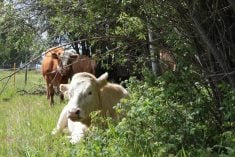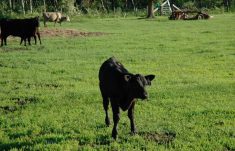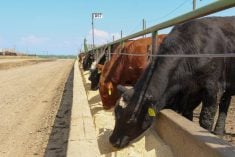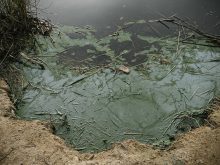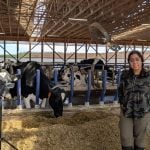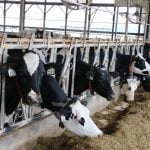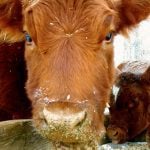Feedlot owners and backgrounders across this country always have one question for me: “Is there anything new out there to combat mycoplasma?”
While there are a couple of vaccines licensed for cattle, they do require multiple shots. Vaccines help, but focusing on decreasing stress and other diseases can limit mycoplasma infection.
Mycoplasma comes in many clinical forms but in feedlots we mainly see it in respiratory problems and in joints.
Read Also
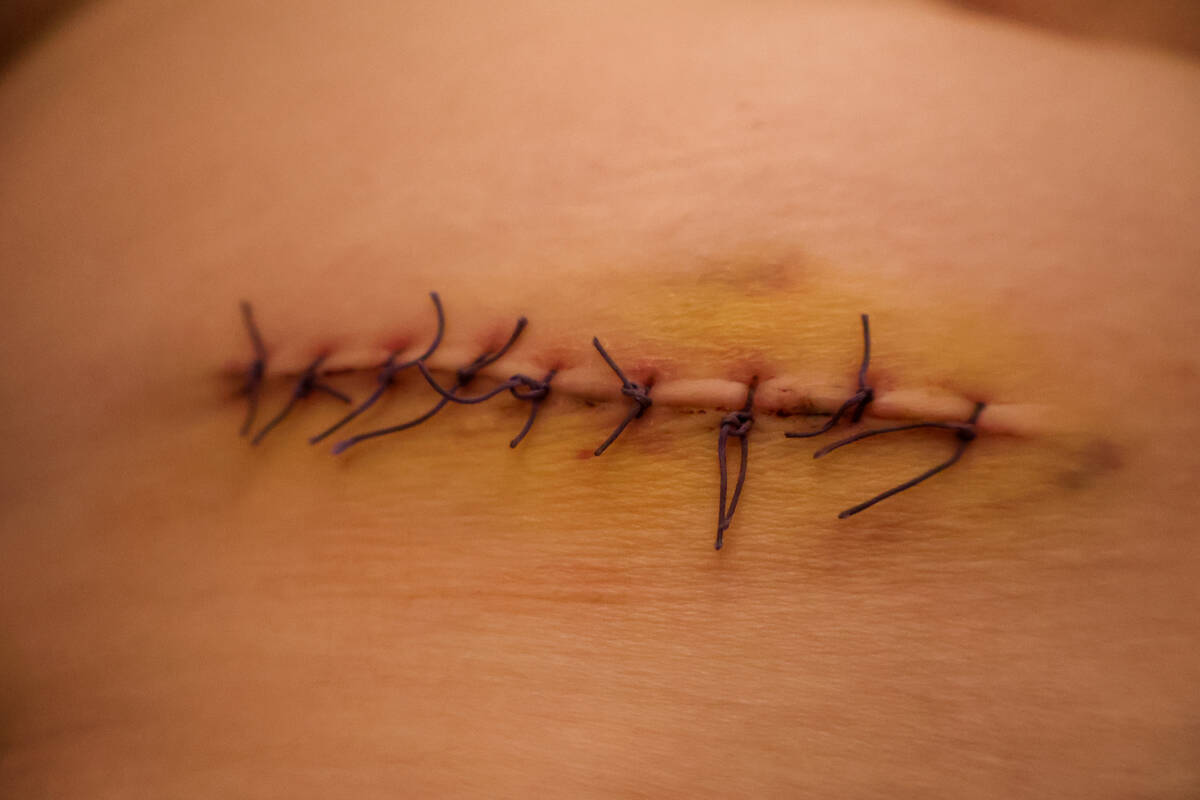
The issue with scar tissue
Without a healthy amount of movement, friction and influence during the healing process, scar tissue may later disrupt how the body moves around it, so maintenance is needed as soon as an incision or wound heals over, Kathlyn Hossack writes.
The respiratory problem is often indistinguishable from other common causes of pneumonia in the feedlot and the joint form can be very similar to histophilus abscesses.
Mycoplasma commonly plays some role, and it can be confirmed for chronic cases in feedlots with lab tests to verify veterinarian diagnosis.
A decision tree needs to be established early in the case to guide decisions to treat, ship or euthanize, for the welfare of the calf, if the case becomes clinical.
These cases cost the feedlot industry millions of dollars in treatment and labour costs, as well as in deaths and chronically ill animals that need to be euthanized. It’s not a fun disease to deal with.
Prevention
With mycoplasma, we need to really, unequivocally, concentrate on prevention.
Even though a few antibiotics have indications for mycoplasma on the label, those are more for metaphylactic treatment and use when exposure is imminent.
It is believed that after a few weeks in the feedlot pretty much all calves are infected (that is, have been exposed and are carrying the organism) yet in well-managed yards where preimmunized and preconditioned (weaned already) calves are purchased, the incidence can be kept to a minimum.
In cattle, mycoplasma is a secondary invader, meaning in the case of respiratory disease it often comes in secondary to the viral pathogens, especially IBR (infectious bovine rhinotracheitis). Other respiratory bacteria such as mannheimia, pasteurella or histophilus can also get established and set the lungs up for the invasion of mycoplasma later in the course of the disease.
A good number of these infections may then spread to the joints. Once in the joints, especially if more than one joint is involved, chances of recovery are slim to none. They then become an animal welfare issue and often cost lots of money in antibiotics, painkillers and other medications before a decision is made to euthanize.
In the bison industry, mycoplasma is almost always a primary pathogen and can cause considerable death loss in naïve populations of calves, cows and bulls. There appears to be immunity established once the disease goes through, but death losses can get quite high on initial exposure. Some bison feedlots live with a low percentage of it and ideally try to have their calves come in with maximal respiratory protection to minimize its severity.
Even though it seems primary in bison, by keeping lung health as high as possible, severity and incidence seems to be reduced. Bison cow-calf herds that have had bad outbreaks seem to be free of cases going forward, which to me means natural immunity is developed.
Stress
Anything then that reduces stress, and/or reduces the likelihood of the other respiratory bugs, theoretically should reduce the incidence of mycoplasma pneumonia.
Currently two mycoplasma vaccines on the market appear to have good efficacy, but here’s the kicker: they need an initial shot and either one or two booster shots essentially before the chance of exposure.
Feedlots that have a decent infection rate would need to know where they are sourcing their cattle and have them preimmunized before coming to the feedlot. Perhaps the original vaccination for mycoplasma done on the farm, then boostered at the feedlot, will help some.
We as veterinarians always talk about reducing stress. Transportation, processing, weather conditions, parasites, exposure to other cattle and co-mingling all play a role in determining whether calves will get sick.
We have direct control of preimmunization as cow-calf producers. The feedlots then can ask for preimmunized calves. The vast majority of calves are vaccinated in Canada these days for most of the major respiratory pathogens, as well as clostridial protection. The question then is, for which diseases do we pre-immunize? Cow-calf producers are vaccinating their calves younger and reap the benefits of having fewer calves get sick on summer pasture. If the boosters are then given at weaning, we should, in theory, have less respiratory disease.
If we can avoid unnecessary transportation stress by selling directly to feedlots through satellite or online sales, one transportation session is eliminated, and cattle go directly from the source to the feedlot. Distance transported is not as significant as the stress to calves of being loaded and unloaded multiple couple times.
Less sickness and stress lead to less mycoplasma, so it is prudent to use treatments that help calves manage their stressors. Various electrolyte formulations such as Destress have been tried to minimize shrink. Products such as probiotics yield fewer digestive upsets as well.
All these preventive measures ultimately lead to less respiratory disease and less mycoplasma pneumonia or joint infections. With more collaboration between the cow-calf sector (first line of defence), trucker (second line of defence), backgrounder (third line of defence) and feedlot owner (last line of defence) we can all do our part to protect these valuable cattle. Again, owners who calve, wean and raise their own seldom have severe respiratory issues, especially mycoplasma.
We may not ever eliminate mycoplasma but at least we can keep it at bay by the best prevention strategies we know: good husbandry and minimizing stress as much as possible.



